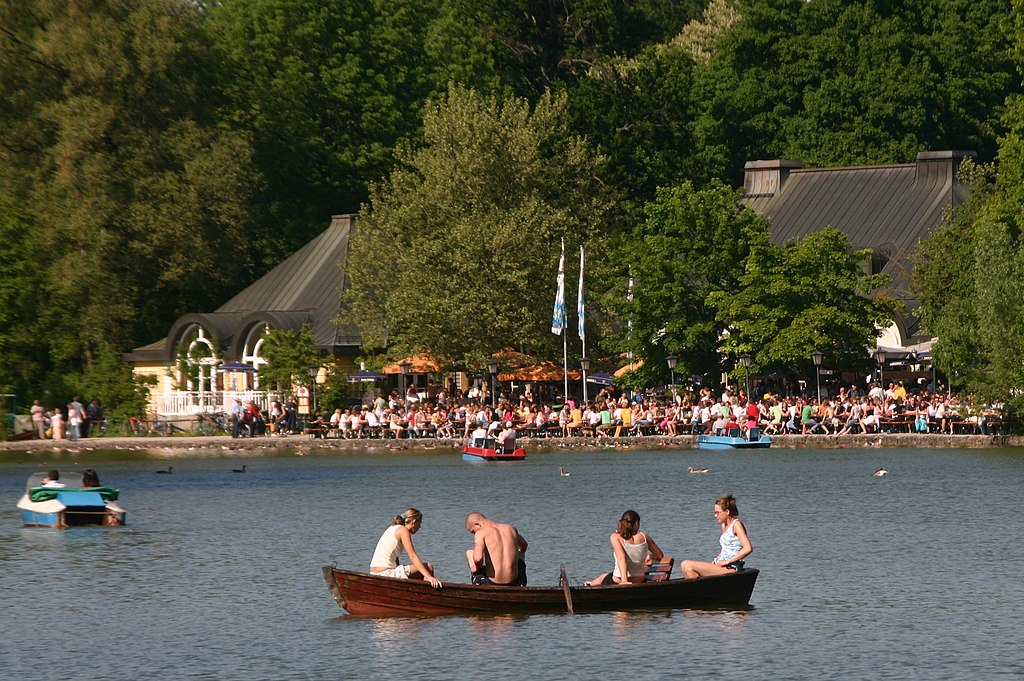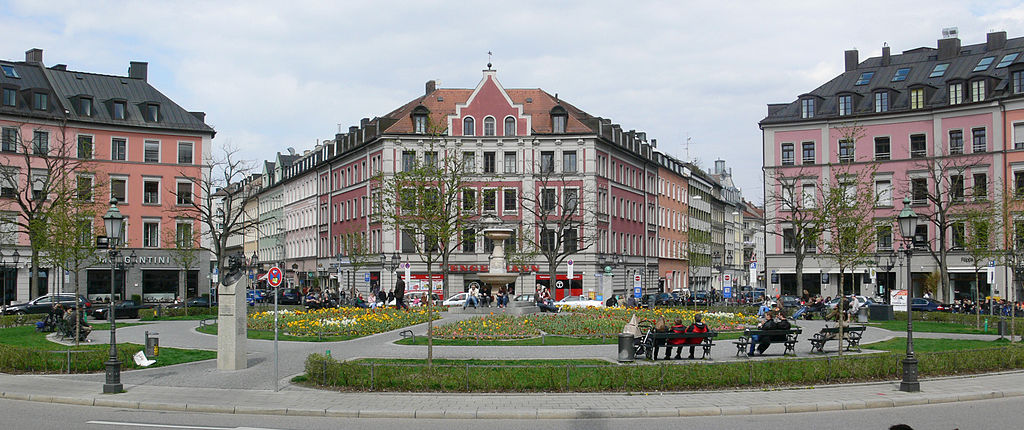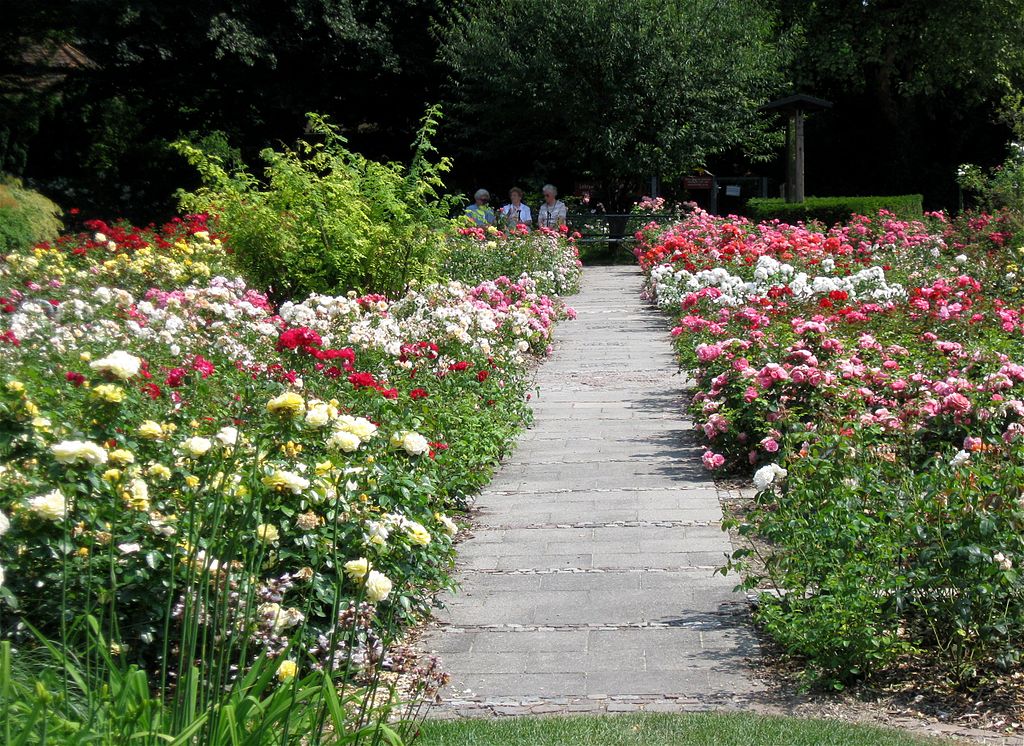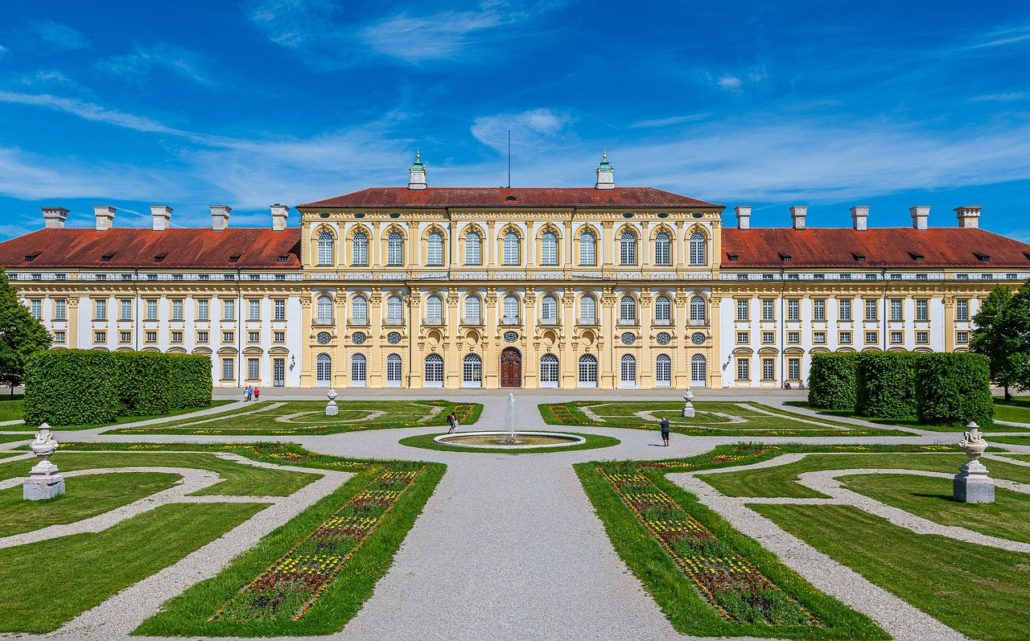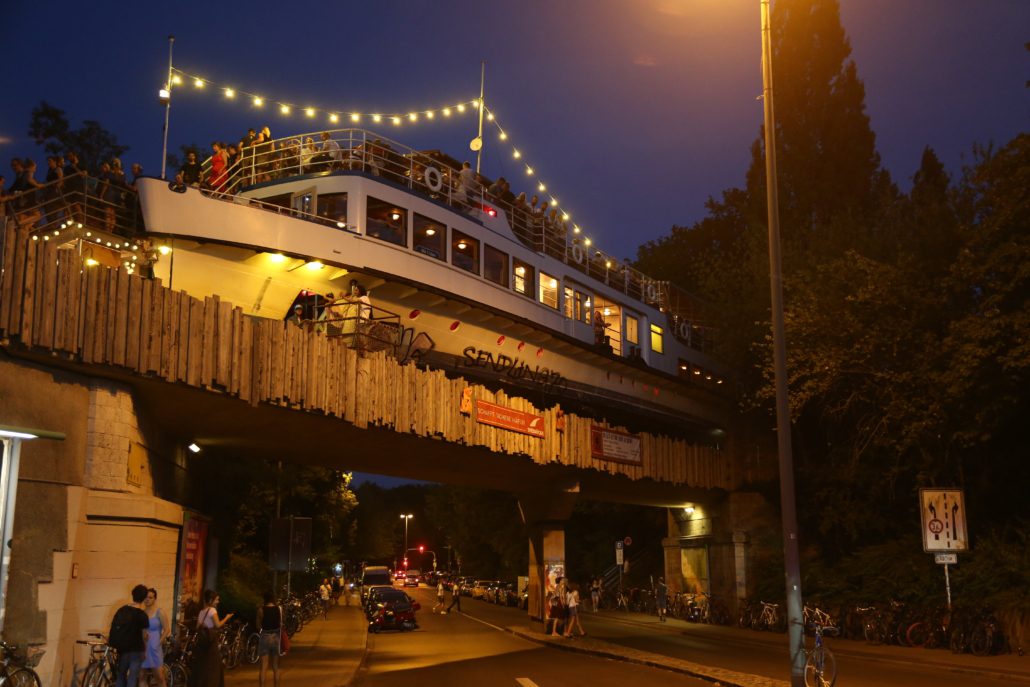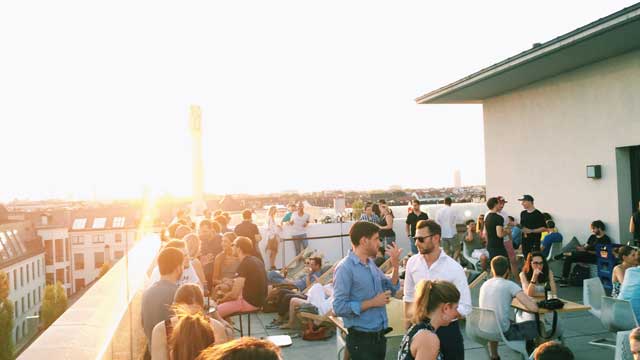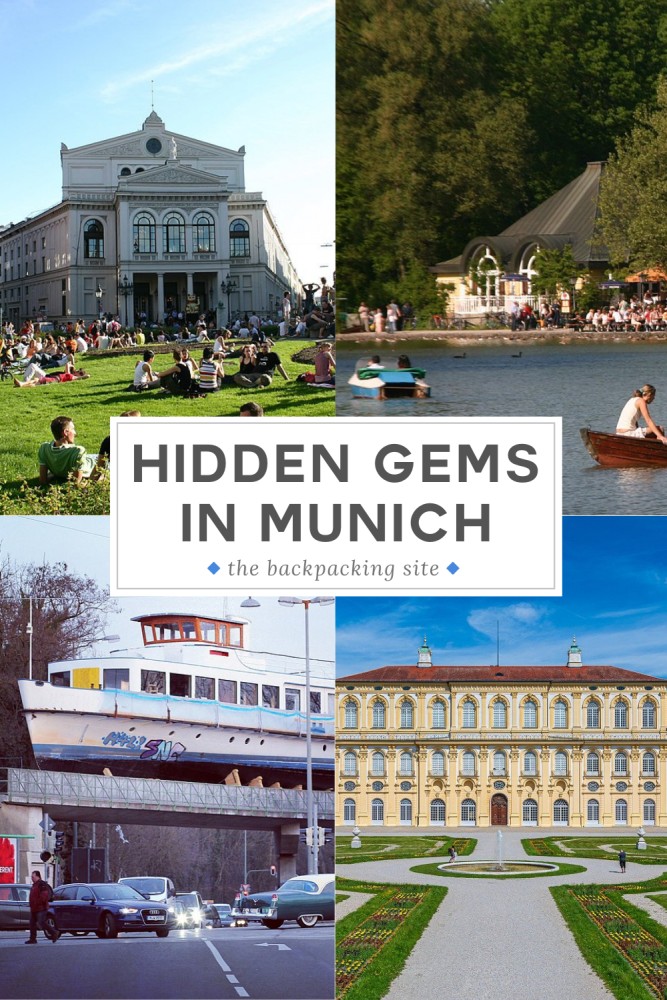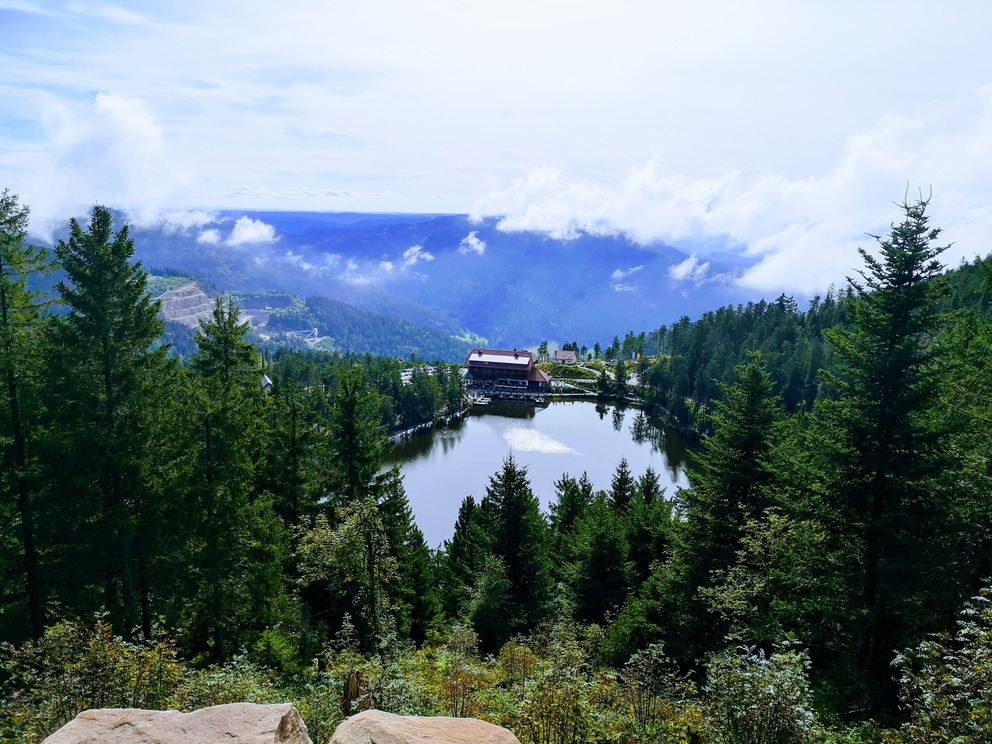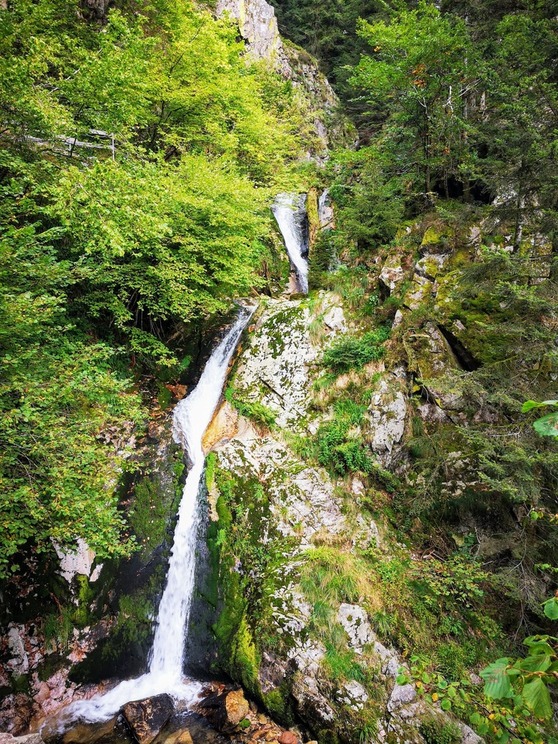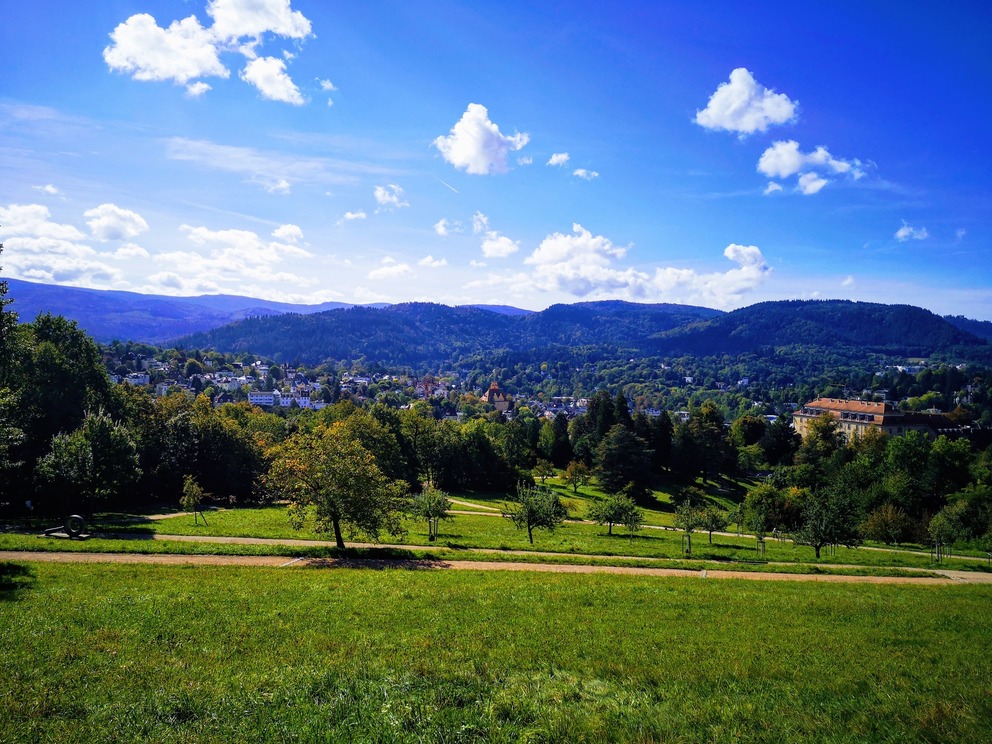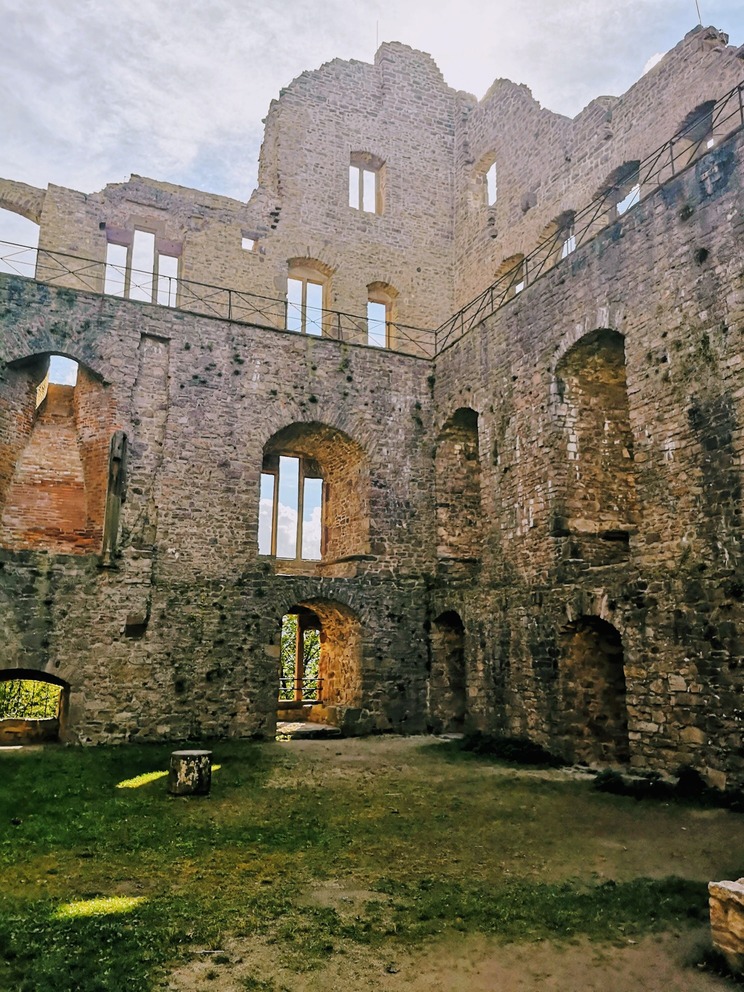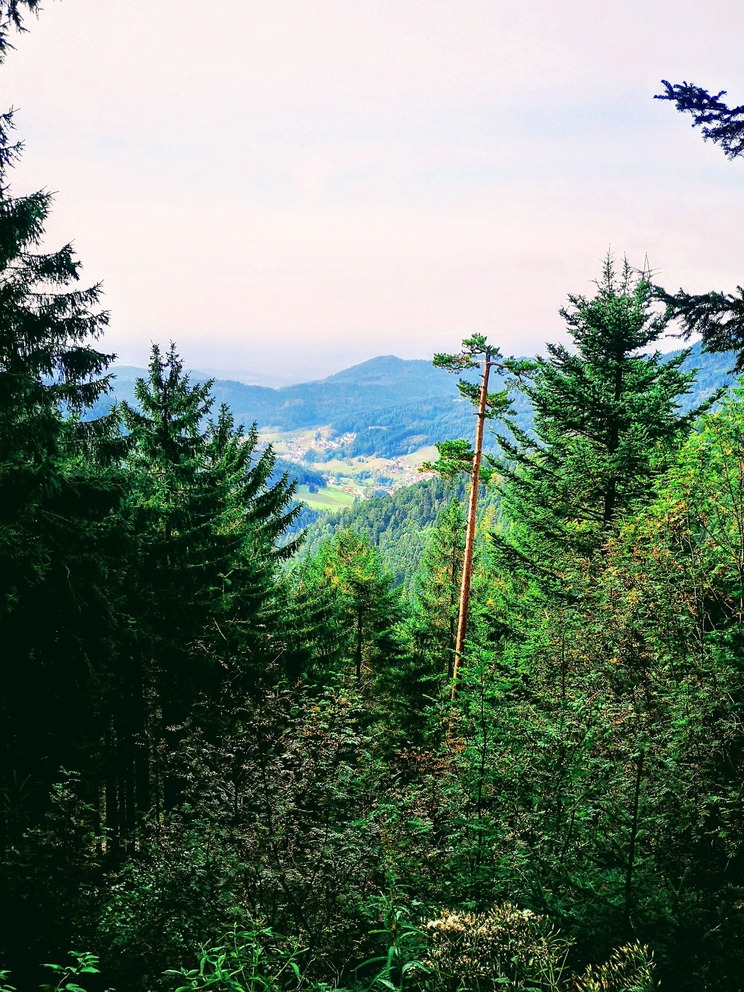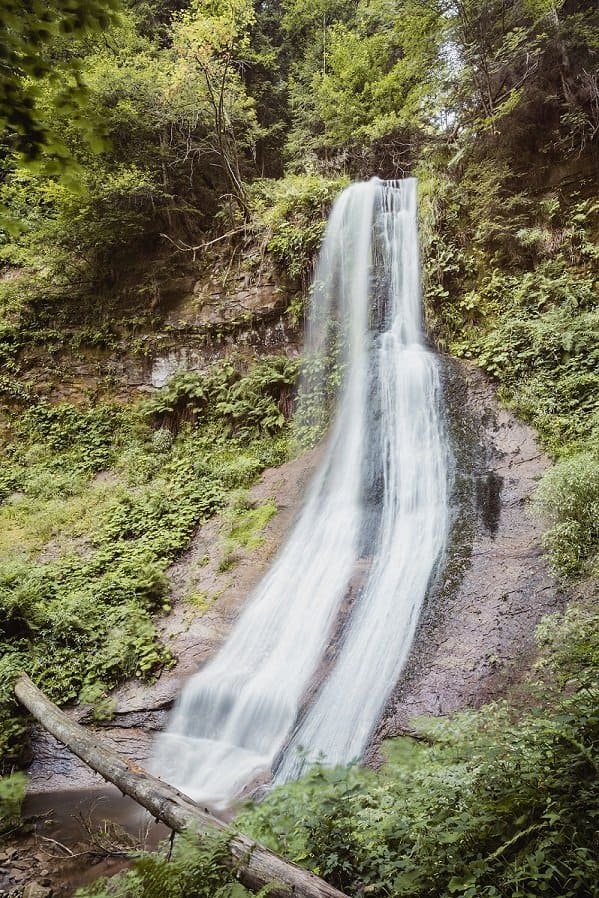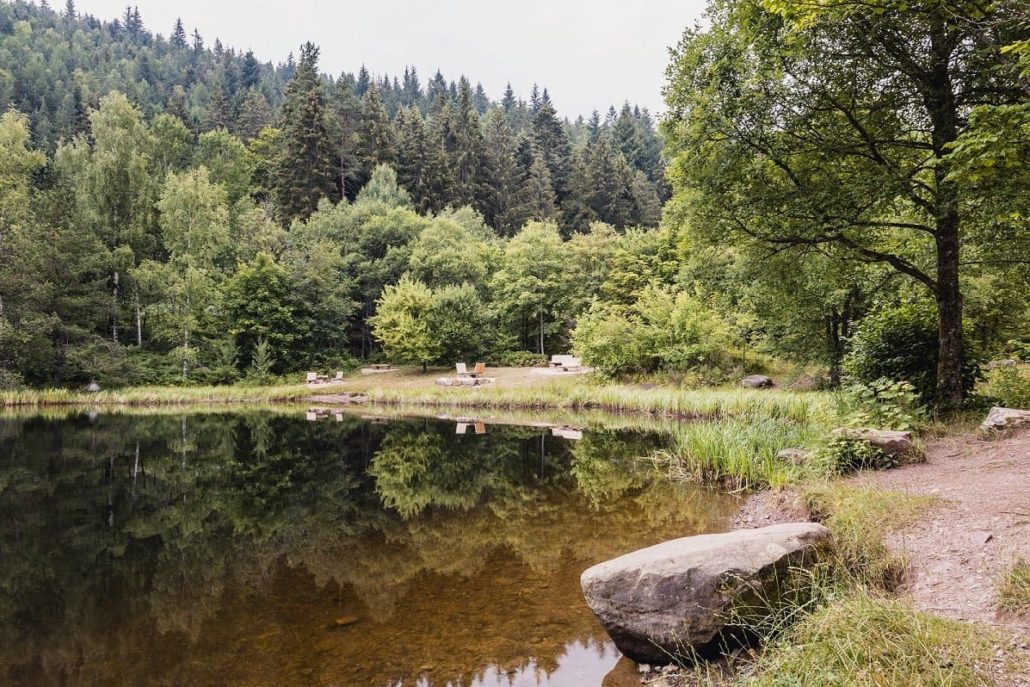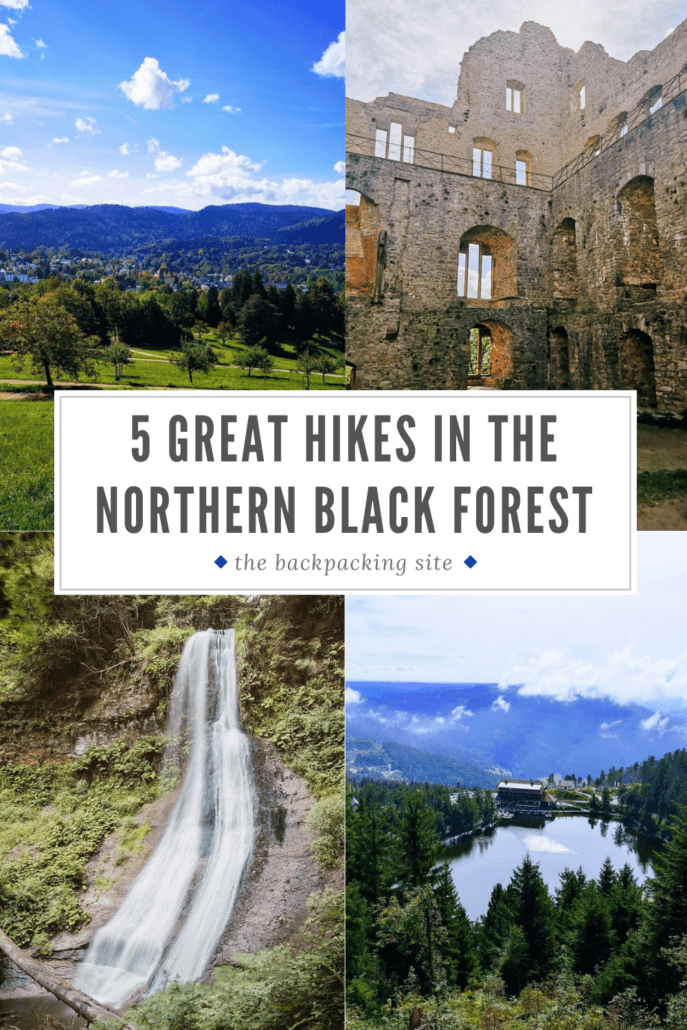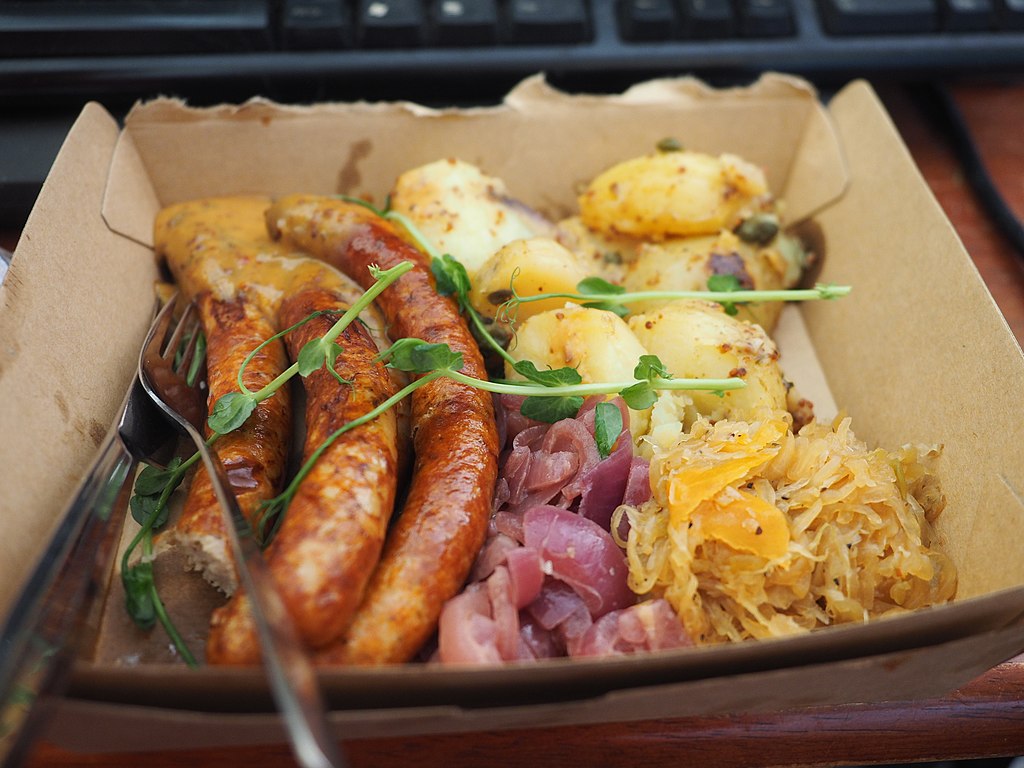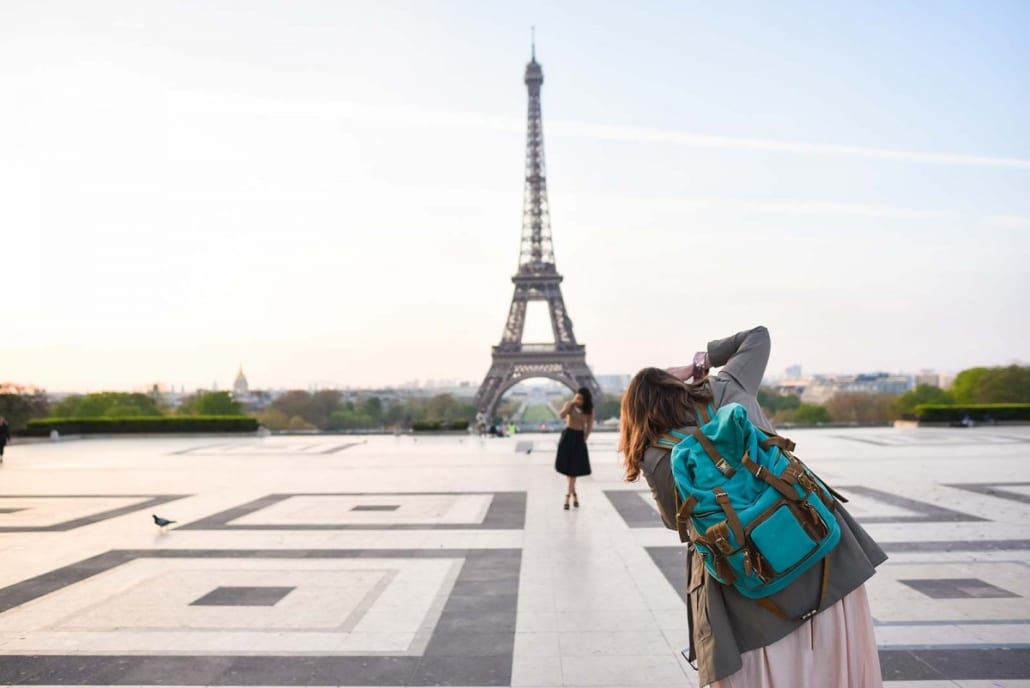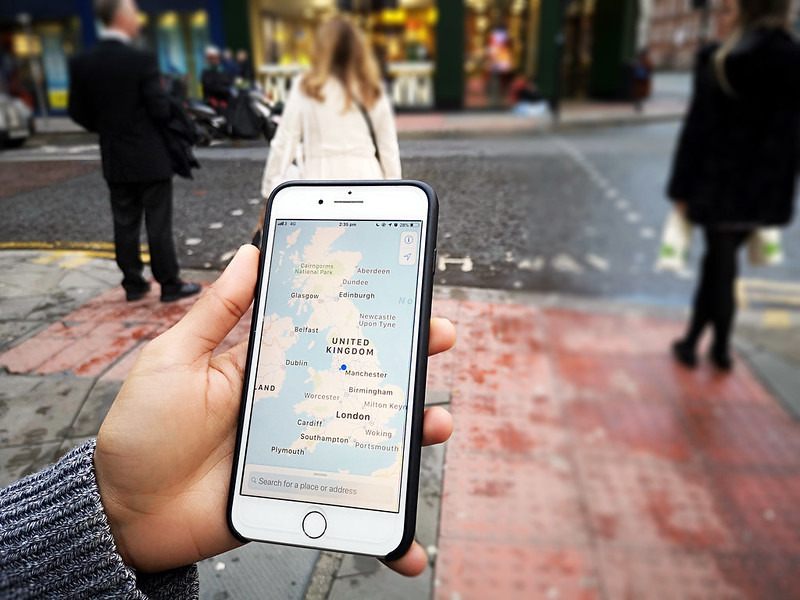The Black Forest is an expansive area of lush green mountains in the state of Baden-Württemberg in the southwest of Germany. The Black Forest is known for its dense forests of dark fir trees, picturesque villages and traditional spa towns. It’s one of the most scenic regions in Germany, giving inspiration to many of the Grimm Brothers’ fairy tales.
Setting off on foot is the best way to experience the Black Forest and there are many hiking trails to explore. Whether you’re a novice hiker or prefer challenging multi-day hikes, the Black Forest has plenty of beautiful places for everyone to enjoy.
Before you set foot on the hiking trails, here are a few things to know before you go to help you plan your trip to Germany’s beautiful Black Forest.
Where is the best place to stay in the Black Forest?
There are many beautiful locations within the Black Forest that make great places to base yourself to explore the area.
Baden-Baden in the north of the region is one of the most popular areas to stay in the Black Forest. Here you’ll find plenty of cafes and restaurants, spas and high-end hotels. Another popular place to stay in the Black Forest is the city of Freiburg im Breisgau. Freiburg is a vibrant university town in the south of the Black Forest, with lots of accommodation options to suit all budgets.
If you’re looking for a more peaceful visit to the Black Forest, there are many smaller towns and villages throughout the region. Popular choices are Wolfach, Triberg, Rottweil and Calw, where you can find traditional German guesthouses and plenty of holiday apartments and cottages to rent.
A top tip for choosing where to stay in the Black Forest is to plan which hiking trails and activities you want to do first. Then you can choose an area to base yourself, which is close by to the sights on your itinerary. While traveling in Germany, the best way to find accommodation is with booking.com, which has different types of accommodation ranging from guest houses, to private apartments, to hostels. The site has filters for budget, guest rating, and amenities so that you can find something that fits your specific preferences.
Getting to and around the Black Forest
By plane – If you’re arriving into Germany by plane, the closest airports are Karlsruhe, Stuttgart or Frankfurt. From there, you can rent a car and drive to the Black Forest. Use Skyscanner to compare flights and find the best deal.
By bus /train – The cities of Baden-Baden in the north and Freiburg im Breisgau in the south can be reached by train or bus from elsewhere in Germany, however once you arrive, it is best to rent a car to explore the Black Forest. When traveling by train or long-distance bus, you can use Omio to compare different options and find the best one for you.
By car – Having your own car is by far the best way to explore the Black Forest. Public transport is extremely limited, especially when reaching some of the hiking trails and having your own car will give you flexibility to explore at your own pace. Plus, the roads in the Black Forest are really scenic, making for a beautiful drive. If you decide to rent a car, check out Discover Cars for the best deals in Germany.
Top tips for hiking in the Black Forest
- Take a map and plan your route! This sounds obvious, but not all trails are clearly sign-posted, so make sure that you have a good map and decide on your route before setting off. The AllTrails app has an extensive list of the best trails for hiking in the Black Forest, with reviews from other hikers to keep you up to date on the latest trail conditions. You can filter by trail difficulty, length, and suitability and download trail maps to help keep you on track even when you’re offline.
- Wear sturdy hiking shoes or boots – the ground on many of the trails can be uneven in places and may be slippery close to waterfalls, or after rain
- Wear layers! Even on a sunny day, the temperature in the Black Forest can often feel cool, as the thick forest of tall trees blocks out the sun’s rays
- Take plenty of water and snacks – there are not many places to buy drinks or snacks out on the hiking trails, so be prepared and bring your own – just remember to leave no trace
5 Great hikes in the Northern Black Forest
There are so many beautiful places in the Black Forest and plenty of scenic hiking trails to discover. This post will focus on 5 great hikes in the northern Black Forest, however if you are heading to the south of the region on your trip too, make sure that you visit the Triberg waterfalls – the tallest waterfalls in the Black Forest, and take a trip to Lake Titisee, where you can try out windsurfing or sailing.
1. Mummelsee to Hornigsrinde hike

Looking down to Mummselsee from the Mummselseeblick viewpoint
The views on the hike from Mummelsee to Hornigsrinde are some of the best in the Black Forest, making it a popular route. You won’t be the only ones hiking this trail, but the scenery is really beautiful and this hike is worth adding to your Black Forest itinerary.
- Distance: 4km
- Duration: 1-2 hours (depending on how many stops you take along the way)
- Type: Loop trail
- Difficulty: Easy
Mummselsee is a small lake, conveniently located off the Black Forest high road in the north of the region. It’s one of the most popular attractions in the Black Forest and whilst there are several hiking trails around the lake, one of the best routes is from Mummelsee to Hornigsrinde. The Hornigsrinde is the tallest mountain in the Black Forest. There are several trails which incorporate both Mummelsee and the Hornigsrinde, but one of the easiest is the 4km loop trail, starting from Mummelsee car park.
The route:
From the car park at Mummelsee, take the trail past the Berghotel behind the lake towards Mummelseeblick – a viewpoint with gorgeous views down to the lake. From this viewpoint, the trail continues to Hornisgrindeturm, an observation tower sitting next to a small cafe where you can enjoy lunch or a drink with panoramic views. Leaving the cafe behind, continue on the path through the moorland towards the ridge of the Hornigsrinde.
Spanning for 2km, the ridge of the Hornigsrinde creates a plateau of pretty meadowland on top of the mountain. Climb the small Birmarck observation tower in the centre of the plateau for beautiful 360 degree views over the surrounding landscapes. From here, you can return the same way you came, or to complete the full 4km loop, follow the trail along a wooden boardwalk through the forest to Dreifurstenstein – a historic triangular border stone. Continue to follow the path through the woodland until you eventually emerge back at the Black Forest high road and alongside the lake.
2. All Saints (Allerheiligen) waterfall to All Saints Abbey hike

Allerheiligen Waterfall
The All Saints waterfalls are one of the best things to see in the northern Black Forest and it’s a great way to spend a couple of hours. This is a great hike for families too, just be careful as some of the boardwalks can be slippery.
- Distance: 3km (total)
- Duration: 1 hour
- Type: Out and back trail
- Difficulty: Easy – moderate (due to the number of steep steps)
With a drop of 90m, the All Saints waterfall is one of the highest waterfalls in the state of Baden-Württemberg and a must-visit when in the northern Black Forest. On your hike here, you will pass the 7 cascades of the waterfall and follow the stream to the ruins of an old monastery.
This is a short hike and is a great way to spend the morning or afternoon and combine it with a visit to another area of the Black Forest.
The route:
The walk starts from the main entrance car park of the All Saints waterfall and parking here is free. Opposite the parking lot, you will see a large wooden gate with the sign ‘Allerheiligen Wasserfälle’ – this is where the trail begins.
You will only have to walk about 400m before you get your first glimpses of the waterfall. The path through the forest is paved and there are several sections of steep wooden stairs to climb up as you ascend alongside the waterfall.
Once you arrive at the top of the waterfall, you will leave the forest behind you and find yourself walking towards the small landscaped garden of the All Saints monastery. On the opposite side of the path is a war memorial, dedicated to all those who gave their lives to the first and second world war.
Just a short distance ahead, you will arrive at the ruins of the old All Saints monastery. The monastery was built in the early 13th century and was lived in by monks up until it was destroyed in 1804 when it was struck by lightning. Now, only ruined sections of the monastery walls and tower remain.
Next to the monastery is a small cafe, as well as toilets. Break up your walk with a refreshment stop in beautiful surroundings. To get back to the car park, simply retrace your steps back down past the waterfall.
3. The Baden-Baden Panorama trail (Panoramaweg)

Views over Baden-Baden from the Weisser Stein viewpoint on the edge of the town
Hiking the Panorama trail is one of the best things to do if you are staying in the area of Baden-Baden or in the north of the Black Forest. The great thing about this hike is that you can tailor it to suit you. Either complete all 4 sections, or take just 1 or 2. Children will love exploring the ruins of Hohenbaden castle and the Battert nature reserve, making the stage 1 of the Panorama trail great for families too.
- Distance: 45km (split over 4 stages)
- Duration: 12 hours
- Type: Loop trail
- Difficulty: Moderate (depending on how many stages you complete)
The Panorama trail is a long distance hike around the town of Baden-Baden in the north of the Black Forest. It’s one of the most beautiful long distance hiking trails in Germany with stunning landscape views along the way.
If a 45 km hike sounds like a bit too much, simply complete any of the 4 stages as individual point to point trails instead:
The route:
Stage 1 – Baden-Baden Kurhaus – Merkur cable car station (9km / 3 hours)
Stage 2 – Merkur cable car station – Forellenhof (9.1km / 3 hours)
Stage 3 – Forellenhof – Geroldsauer Mühle (14km / 4 hours)
Stage 4 – Geroldsauer Mühle – Trinkhalle (13km / 4 hours)
One of the most popular sections of the Panorama trail is stage 1, which begins in the town of Baden-Baden. This is a great section of the trail, with stunning views over Baden Baden town and the chance to explore the ruins of Hohenbaden Castle, with origins that go back to the 12th century.

The ruins of Hohenbaden Castle on the Panorama trail
To start stage 1 of the Panorama trail, set off from the Kurhaus on the edge of Baden-Baden town and head towards the large park opposite. Walk to the Weisser Stein viewpoint on the top of the hill for lovely views over Baden-Baden town. From here, follow a track through a small forest leading up to Hohenbaden Castle. Take some time here to enjoy a drink at the cafe and explore the castle ruins, climbing the tower for gorgeous views of the surrounding area.
At Hohenbaden Castle, you have the option to head back down into Baden-Baden town for a shorter hike, or to complete the full 9km of stage 1, follow the trail through the dense forest of Battert nature reserve. Stop at Ritterplatte and Felsenbrücke observation decks in the nature reserve for beautiful views over the Baden-Baden landscape. Leaving the forest behind, you will pass Wolfsschulucht, where you can stop for lunch in one of the restaurants, before arriving at Merkur cable car station and the end of stage 1 of the Panorama trail. After you have finished your walk, you can take the funicular from Merkur station to the peak of Merkur mountain to get one of the best views in the region.
4. Ruhestein to Wildersee hike

The thick forest of the Wildersee – Hornigsrinde nature reserve, near Ruhestein
The Ruhestein to Wildersee hike is best enjoyed in the spring and summer months, when the ground is drier. The descent down to the lake is quite steep and narrow, so caution and good walking shoes are recommended.
- Distance: 8km
- Duration: 3 hours
- Type: Loop trail
- Difficulty: Easy
The area between Ruhestein and Wildersee sits in the centre of the Wildersee – Hornigsrinde nature reserve and is a very popular area within the Black Forest for hiking. This hike starts at Ruhestein and will take you through the protected forest of the nature reserve before arriving at Wildersee – one of the most beautiful cirque lakes in the north of the Black Forest.
The route:
Start at the National Park centre at Ruhestein, here you will find several large car parks, toilets and cafes. (In the winter, there is also a ski slope which runs here). To start the hike, you will need to walk up and over the ski slope (if you’re in luck, and the chair lift is running, you can save your energy and take the chair lift to the top!) Once you’re at the top, you will have pretty views down over the valley, continue to follow the gravel path round to the right and get your first glimpse of Wildersee through the trees. The path then forks and turns steeply right again, guiding you through the thick, protected forest, down towards the lake. Stop here for a rest by the edge of the lake and enjoy the beautiful surroundings.
Leaving the lake, you can either continue following the path round the edge of the lake and up to Falzhütte and Bannwald before completing the full 8km loop back at Ruhestein. Or, if you prefer, you can retrace your steps and go back the way you came. Whichever route back you choose, you can detour to the Darmstädter Hütte – a rustic hotel which has a restaurant and bar open to visitors.
5. Sankenbachsee and Sankenbach Waterfall hike

Sankenbachfall – photo by Stefan Kuhn
This interesting and easy trail is one of the best family hikes in the Black Forest. Combined with the facilities around the lake at Sankenbachsee, it makes for a great day out for families and those looking for a more laid back walking trail.
- Distance: 7.5km (total)
- Duration: 2 hours (allow for longer to enjoy time around the lake)
- Type: Out and back
- Difficulty: Easy
The Sankenbachsee is a beautiful cirque lake in the Black Forest. Unlike other cirque lakes in the area, swimming is permitted in Sankenbachsee and surrounding the lake is a playground, barbeque area, a deer park and also the Sankenbach waterfalls, making it a popular place for a family day out in the Black Forest.

Sankenbachsee – photo by Stefan Kuhn
You can walk to Sankenbachsee from either Baiersbronn or Freudenstadt. This route follows the more straightforward trail from Baiersbronn.
The route:
Starting at the Sankenbachtal parking lot, near the ski lift in Baiersbronn, follow the signs for Sankenbachtal. A few minutes after starting, the gravel path will fork – keep left here and follow signs for Sankenbachsee. The path will guide you alongside a small stream and after about 1km, you will arrive at the Wildghedge car park for the deer park and nature reserve. (You can of course park here to shorten the walk if you wish).
Continue following the path straight ahead through the nature reserve and after 1.8km you will arrive at the edge of Sankenbachsee. To reach the Sankenbach waterfall, follow the edge of the lake for about 15 minutes. At the base of the waterfall, you will find a barbeque area – the perfect setting for a picnic lunch! To get back to the start of your walk, simply retrace your steps and go back the same way.

Pin 5 Great short hikes in the Northern Black Forest, Germany
